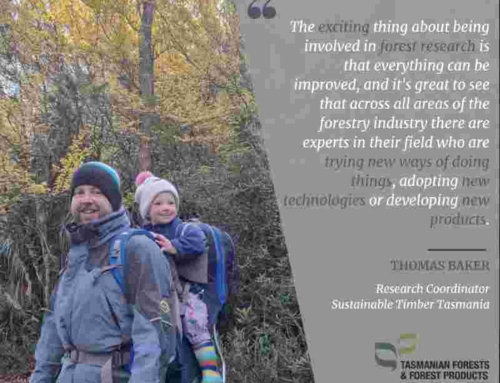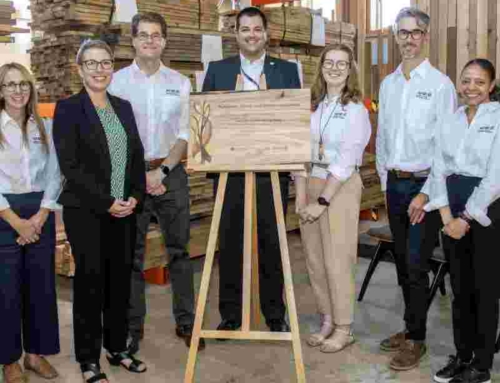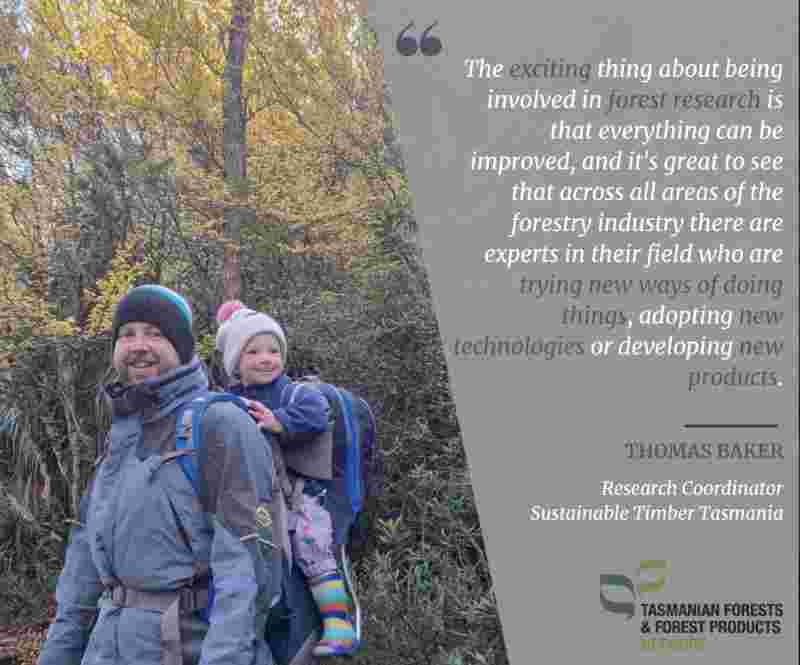What is carbon farming?
Nigel Miller, Chief Operating Officer
Climate Friendly
Carbon farming uses agricultural practices to reduce greenhouse gas emissions or capture them from the atmosphere. Carbon is stored in trees and soil, which in turn re-generates the land. Carbon farming uses changes in agricultural practices to generate carbon credits that in turn can generate income for farmers, landholders, and traditional custodians.
To understand how it works, watch this short 30-second video.
The Australian government’s Clean Energy Regulator approves carbon farming methods. These are farming practices proven to reduce or sequester greenhouse gas emissions at a property scale. The Regulator can issue Australian Carbon Credit Units (ACCUs) to registered carbon farming projects, after rigorous monitoring and reporting requirements are met. These ACCUs can be sold to the Emissions Reduction Fund in a reverse auction, usually held twice a year. Project proponents can also choose to sell some or all of their ACCUs in the voluntary market to corporate purchasers.
What does this mean for growers in the forestry sector?
Take up of carbon farming is lower than might be expected given the obvious link between tree growing and storing carbon above and below ground. The Emissions Reduction Fund Register shows 37 of 783 projects in the land sector (source: ERF Project Register) are utilising the Plantation Forestry Method.
The principles of newness and additionality mean that growers can’t simply continue with their current activities – there has to be a change of practices that would not otherwise have been the case. There are rigorous regulations that govern the available ‘methods’ for plantation carbon farming; establishing a new plantation or converting a short rotation plantation to a long rotation plantation. This is often why growers that get involved in carbon farming use the services of a reputable carbon farming project developer.
An alternate approach to assist landholders to meet the requirements of the method, reducing the scale of planting required to make it commercially viable, is being trialed by Climate Friendly. Combining a number of smaller plantings from different properties or growers (40ha and up) into an aggregated project managed by a third party, carbon farming becomes viable for smaller growers that wish to incorporate plantation forestry in their farm management.
Farmers are using a mix of commercial species block and shelter plantings to diversify farm income while maintain agricultural productivity. This approach provides an early income for plantings and is particularly suited to otherwise commercially marginal land. Tasmania has a number of smaller independent growers taking advantage of this with carbon project developer Climate Friendly, as reported last year in The Australian.
More information on carbon farming methods are available on the Clean Energy Regulators website, and for those interested in the aggregated model you can email carbonfarming@climatefriendly.com.
















